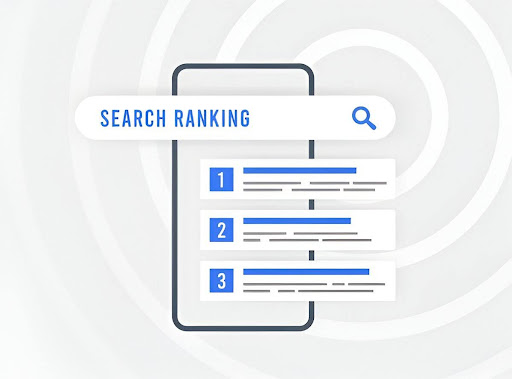How to Delete Something from the Internet Permanently

Introduction
Once something is published online, it can feel like it’s there forever. Whether it’s an old photo, an outdated article, or sensitive personal information, removing digital content requires persistence, strategy, and sometimes a bit of negotiation. While not all traces can be erased, there are several effective methods to reduce or eliminate unwanted content from search results and websites. Below, we explore eight actionable ways to take control of your online presence and remove unwanted Google results.
Eight Ways to Remove Google Results
1. Use “Results About You”
Google provides a tool called “Results About You” to help individuals remove sensitive personal information from search results. This tool is particularly useful for cases where your home address, phone number, or email appears in public listings. By accessing this feature through your Google account, you can track and request the removal of personally identifiable information.
Google regularly updates its privacy policies, and while this tool doesn’t guarantee instant removal, it provides a structured approach to requesting content takedowns. It’s best suited for private details rather than general content removal.
2. Ask the Author to Delete It
If the content in question is published on a blog, news site, or forum, your first step should be to reach out to the original author. A well-crafted request that is polite and professional increases the chances of success. Explain why you want the content removed, whether it’s incorrect, outdated, or causing harm.
Offering Incentives for Content Removal
Some website owners might be reluctant to remove content, especially if it generates traffic for them. In such cases, offering a reasonable incentive—whether financial compensation, a correction, or an alternative solution—might persuade them. However, this approach requires careful handling to avoid legal or ethical concerns.
3. Ask the Publisher to Remove the Content
If the author is unresponsive or unwilling to help, the next step is to contact the website administrator or publisher. Many websites have dedicated support channels for handling content removal requests. News organizations and public forums often have policies for handling privacy concerns and outdated content.
Each platform has different rules, so check their Terms of Service or contact their support team directly. A legal approach, such as a DMCA request for copyrighted material, can be effective when dealing with unauthorized use of your content.
4. If Authors Don’t Remove Content, They May Change It
When complete deletion is not an option, requesting modifications can be a practical alternative. If an article contains personal details, misinformation, or outdated information, the author may be open to editing it. A factual correction request is more likely to be approved than a full takedown request.
For example, if an old news article negatively impacts your reputation, you can request an update or clarification. Some websites also offer an option to add a note or response alongside the content.
5. Make a Page Invisible to Google Using NOINDEX
If you manage the website where unwanted content appears, adding a NOINDEX meta tag is a simple way to prevent search engines from displaying it in results. This does not delete the page but ensures that Google and other search engines do not include it in their indexes.
This method is useful for businesses that need to de-index outdated content without removing valuable internal pages. If you don’t own the website, you can suggest this solution to the website administrator.
6. The Google Removal Request
For content that violates Google’s policies, submitting a removal request directly to Google can be effective. Google allows users to request the removal of:
- Personal information such as Social Security numbers and bank details
- Non-consensual explicit images (revenge porn)
- Content violating copyright laws (via the DMCA process)
- Defamatory content in some jurisdictions
While Google may remove a result from search listings, the content itself may still exist on the original website. In such cases, further action—such as legal intervention—may be necessary.
7. Push Bad Content Down and Good Content Up: Suppression
If removal is not an option, online reputation management (ORM) strategies can help push unwanted content down in search results. This process involves publishing high-quality, authoritative content that ranks higher than the negative content.
Effective methods include:
- Creating well-optimized blog posts on your website
- Publishing guest articles on reputable platforms
- Maintaining active social media profiles with positive engagement
- Getting featured in high-ranking news sites or professional directories
The more authoritative content you create, the harder it becomes for negative search results to remain visible. This method takes time but can significantly impact how you are perceived online.
8. Special Case: Removing Negative Reviews
Negative reviews can damage reputations, especially for businesses. While most review platforms do not allow the removal of honest feedback, you can take steps to mitigate the impact:
- Contact the reviewer to resolve the issue and request an update
- Flag the review if it violates platform guidelines (e.g., false information, offensive content, spam)
- Encourage satisfied customers to leave positive reviews to balance the negative ones
Some platforms also allow businesses to respond to reviews publicly, providing an opportunity to address concerns professionally and transparently.
Conclusion
Removing unwanted content from the internet requires a mix of direct requests, search engine policies, and reputation management strategies. While not every piece of content can be erased completely, persistence and the right approach can minimize its impact. If necessary, seeking assistance from legal professionals or online reputation management experts can further improve your chances of success.






